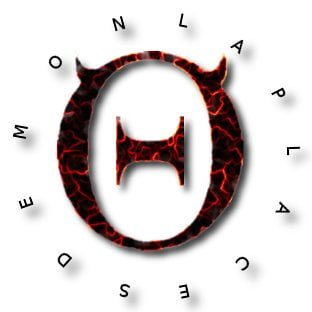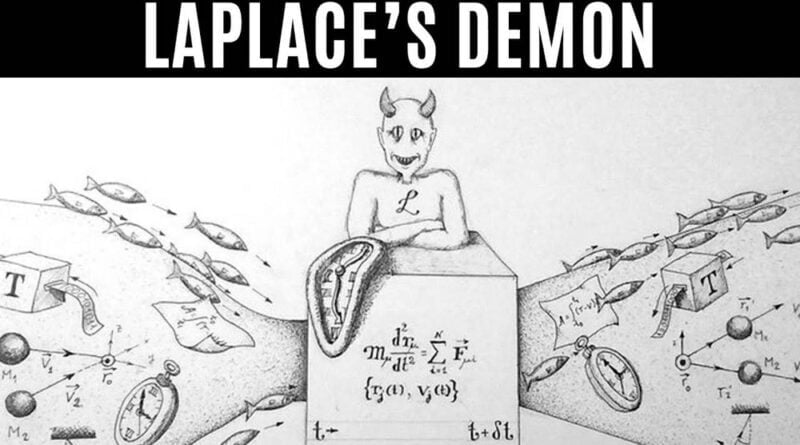The Laplace’s Demons
Scholars and writers have been interested in the idea of determinism for a long time, both in science and philosophy. Since the Middle Ages, our knowledge of reality has been shaped by the idea that everything in the universe is set in stone and ruled by cause and effect. Pierre-Simon Laplace, a well-known French scientist and astronomer, took part in this discussion. In 1814, he produced a thought experiment called Laplace’s Demon.

Laplace’s Demon was a thought experiment about a hypothetical being that knew everything about the present and could calculate the past and future with total certainty. By knowing the exact location and speed of every atom in the universe, this hypothetical being could predict anything that would happen in the future. This would show that the universe is controlled by strict rules of cause and effect. In LaPlace’s world everything would be predetermined- no chance, no choice, and no uncertainty. Nature, however, is much cleverer than this. Towards the end of the 1800’s, mathematicians and scientists began encountering some exceedingly difficult equations to solve -some in fact were completely unsolvable. There existed the horribly difficult and outstanding problem of three mutually gravitationally attracted bodies-the so called “three body problem” (or its generalization to ‘n-bodies’)
Neils bohr said ‘ prediction is difficult, especially the future ‘.
But quantum mechanics and other ground-breaking finds, like Werner Heisenberg’s “uncertainty principle,” shattered what seemed to be the basis of determinism. Einstein was a supporter of determinism at first, but he famously said, “God does not play dice with the universe,” which showed that he believed in a well-ordered universe without chance. Still, he later had trouble with the fact that quantum theory can’t be predicted.
Heisenberg’s uncertainty principle said that some pairs of physical properties, like location and momentum, can’t both be exactly known at the same time. This idea goes against the Laplacian idea of a world that can be completely calculated and predicted. It adds uncertainty and randomness at the quantum level, which goes against Laplace and other people’s view that the world is set in stone.
The uncertainty principle says that the better we can measure one thing, the worse we can measure another. It shows a basic limit to what we can know and shows that quantum events are based on probabilities. This lack of certainty at the microscopic level eventually affects the big picture, making it hard to know exactly what will happen in the future, even if you know everything about the present.
Heisenberg’s uncertainty principle is not because technology isn’t good enough or because measuring tools aren’t good enough. It is a natural part of the world and shows how quantum reality works at its core. This kind of uncertainty doesn’t mean chaos or randomness in the usual sense. Instead, it means that events happen within a probabilistic context.
The end of determinism doesn’t take away from the awe-inspiring beauty and complexity of the world. Instead, it makes us appreciate even more how order and uncertainty work together in complex ways. The world is not just an assembly line of things that are already set to happen. Instead, it is a tapestry made up of threads of randomness and creativity.
Laplace’s Demon was a thought experiment that grew out of a desire to understand and control the mysteries of the universe. However, it ran into the limits of quantum physics that couldn’t be overcome. Our search for complete knowledge and determinism may never end, showing us that the universe is much more mysterious and amazing than we can think.
As we keep trying to figure out the mysteries of the universe, accepting uncertainty and recognizing the limits of what we know will help us move forward in science. The interaction between determinism and indeterminism, order and chaos, is what makes us curious and keeps us moving forward on our never-ending quest to understand the world we live in.






